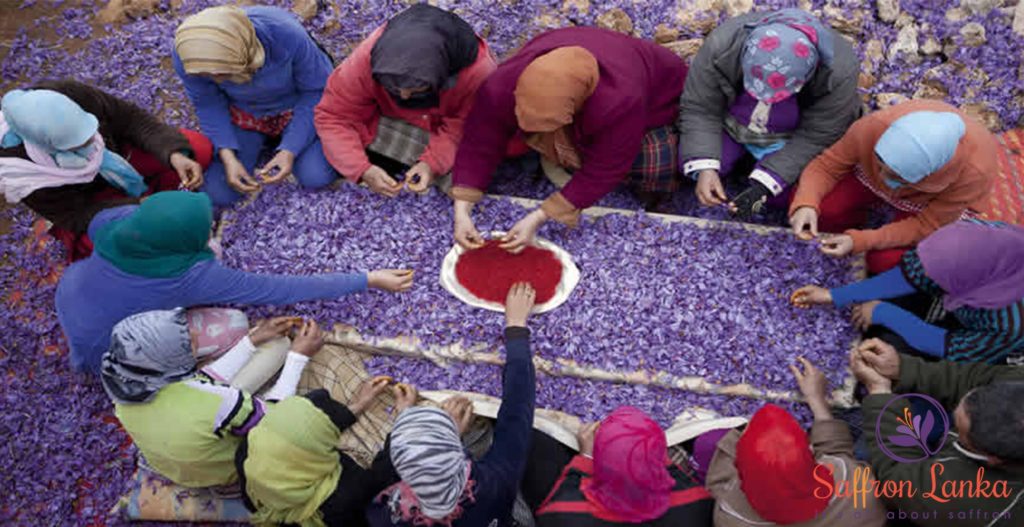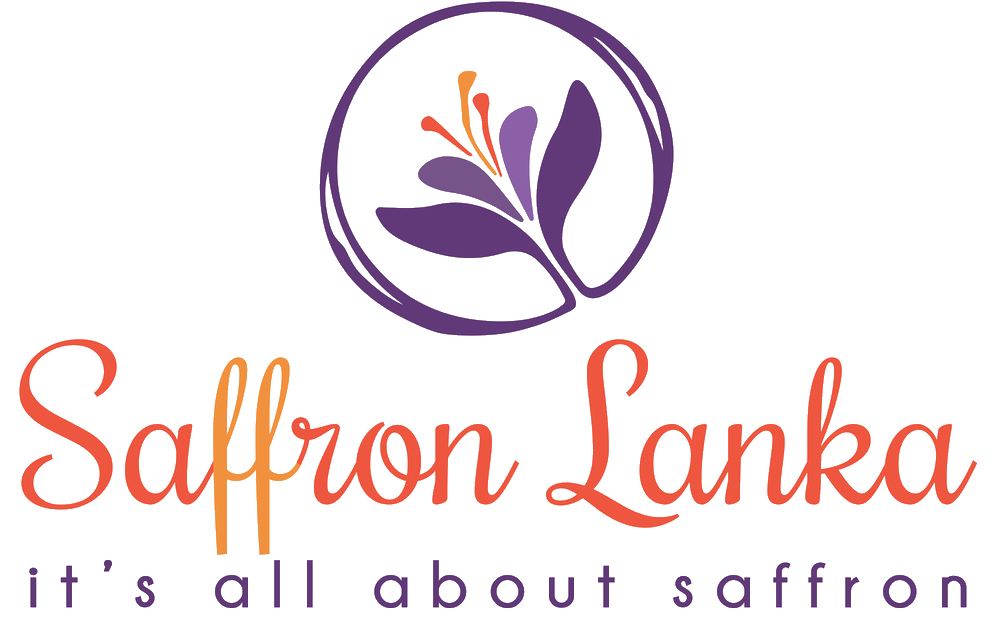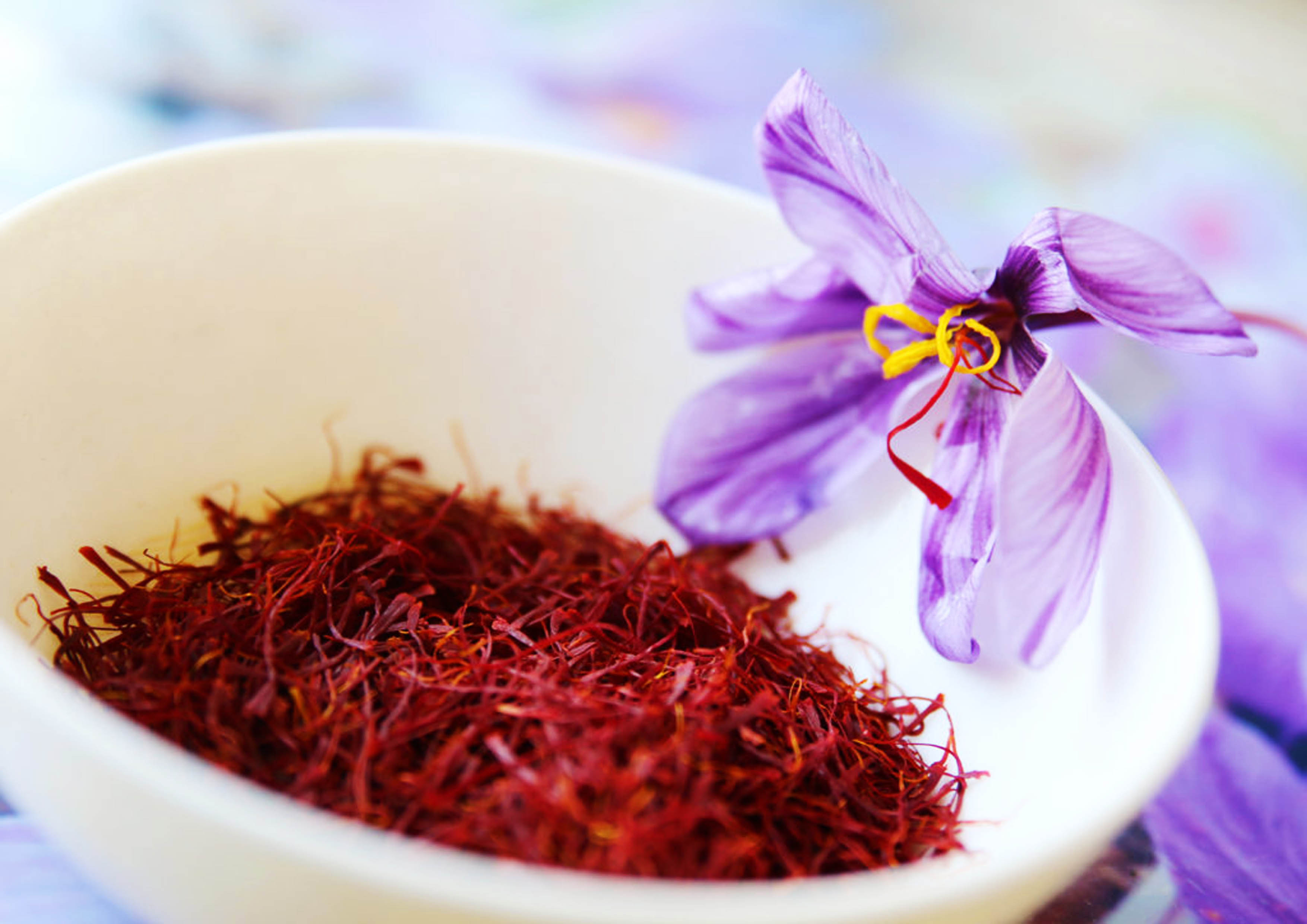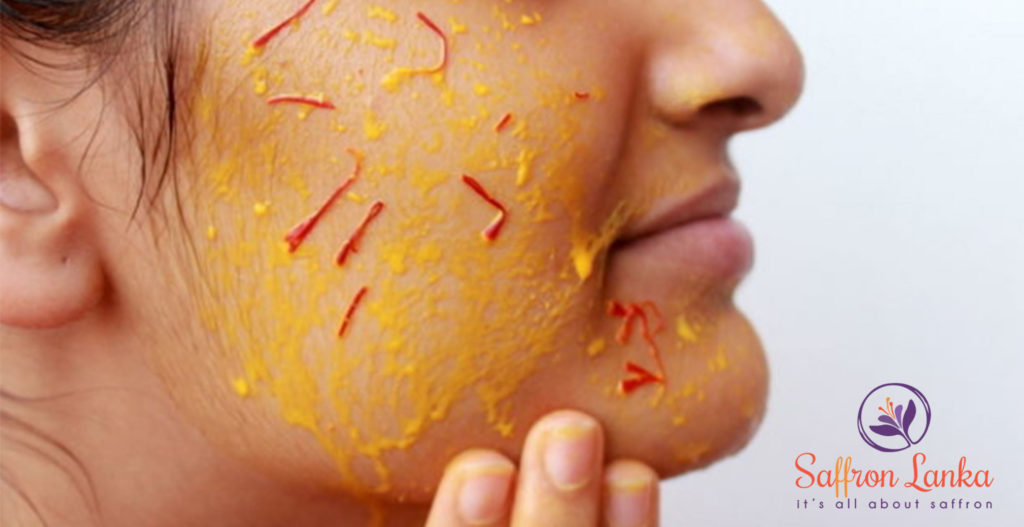Saffron, the word immediately reminds you of Eastern colors, perfumes and treasures. In other words, it is beautiful, tasty and expensive, its nickname is Red Gold. So, we are dealing with luxury goods!
This is, however, exaggerated as it can also mean flashy and useless, which is certainly not the case for saffron.
Saffron is simply a very pretty flower (Crocus Sativus), a delicate much valued spice endowed with very interesting medicinal properties.
Only Crocus Sativus Provides Saffron
Saffron is a crocus sativus linnaeus belonging to the family of the Iridaceae. It is a cultivated plant often mistaken for colchicum.
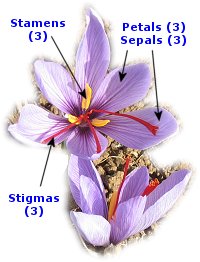
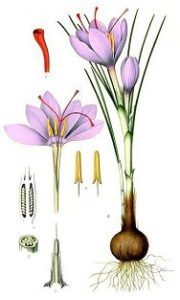
The name saffron comes from the Arabo-persian “za’faran”, Arabs having dominated the spice market for a very long time.
It is a corm that one plants at a depth of 15 cm and it multiplies each year producing new corms.
Crocus sativus has a reversed vegetation cycle, which means that the leaves come out in September and the plant flowers in October then dries up the following May.
The saffron flower is composed of 6 purple petals, 3 golden yellow stamens and one red pistil.
It is this famous pistil made up of 3 stigmas (filaments) which when dried up gives the spice saffron.
Where does Saffron Come From?
This mysterious plant is believed to come from Iran, and was introduced to Gaulle by the Phoenicians, and later by the Crusaders on their way back from Palestine. The doctors of the Pharaohs prescribed it for stomach aches
The history of saffron goes back quite far as it was already used in Ancient Greece as a dye.

Saffron for Beauty
Saffron has been a beauty ingredient of the royals for many centuries.
Though it is now very expensive, it can be sparingly used in face packs. It has excellent purifying properties as well as is anti-bacterial in nature. It also lightens the skin tone.
You can visit our Skin Care & Hair Care pages for more information.
Saffron, a Medicine..
And it is a cure as well! This has been known for a very long time as Hippocrates recommended it for indigestion and tooth ache.
New research from a team of scientists based mostly in Italy suggests that saffron a spice used in some Asian, Indian, and Mediterranean dishes it have an intrinsic ability to fight cancer.
In the East, it is said to bring wisdom and cheerfulness, used for a long time to treat hysteria in association with opium.
Good for blood circulation, it would relieve menstrual pains and would apparently be an aphrodisiac for women. Nowadays, Crocus Sativus is still prescribed in homeopathy for women blood circulation troubles.
Find many other medical benefit from our Health care & Pregnant Care page.

Saffron, Golden Spice for Cooking
Yes, you can also eat it. This is not new as it was already used in the kitchen under King Solomon’s reign.
Saffron is a spice and it is used in cooking for its flavor as well as the golden yellow color it gives to dishes.
It is well known and very appreciated with saffron rice, fish like in paella, bouillabaisse (fish stew), but also in tajines, Italian risotto.
It is also found in puddings, like saffron puddings, in particular saffron crèmes brûlées.
When saffron is used to make syrup, it can be used to make original cocktails like kirs, punchs and an excellent topping for making puddings as rum babas.
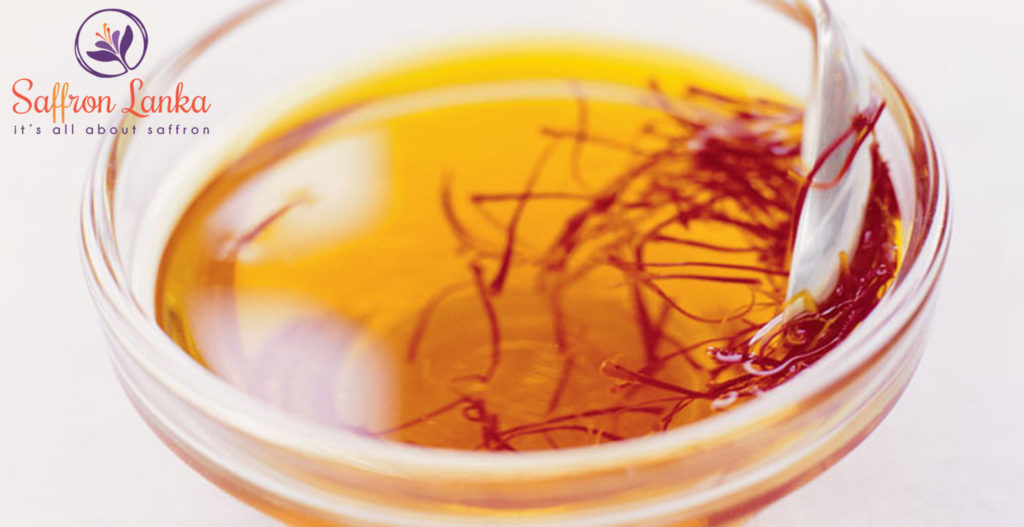
Saffron, a Powerful Dyeing Agent
It has been used for a very long time as a food dye in making sweets and puddings.
As a dye agent, saffron gives a luminous golden color. Only one unit of saffron is enough to color 100 000 units of water.
During the Middle Age, monks used an egg white based glue tinged with saffron in order to illuminate manuscripts.
During Antiquity, the Greeks and Chinese considered it the dye for royalty.
It is also saffron which is responsible for the wonderful golden color of the Chartreuse, such a fine liqueur.
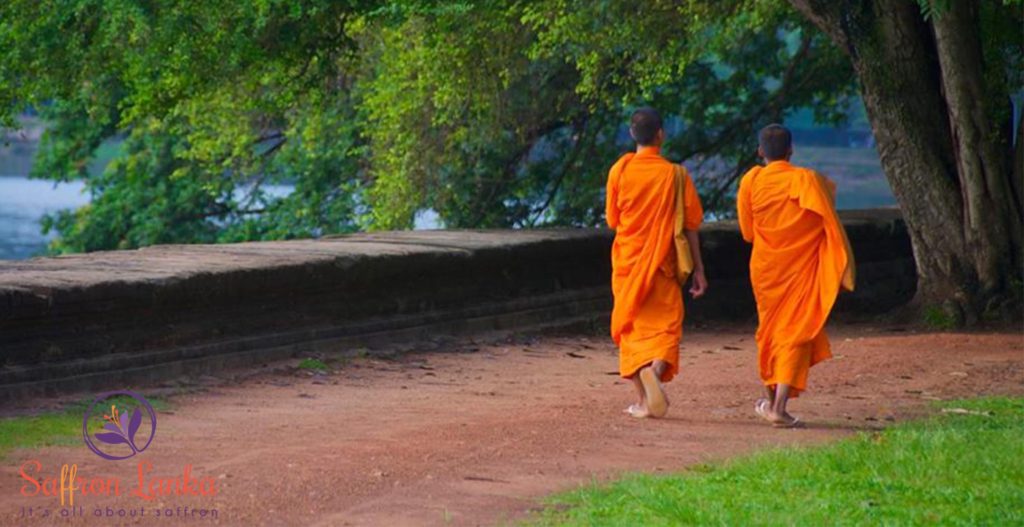
The Cultivation of Saffron
Saffron is grown easily, in various places around Iran. Cultivation is relatively simple, one just needs to get some corms, plant them and harvest the red gold.
This might give an idyllic and caricatured impression, and it is not actually far from the truth, but the real difficulty is the intense labour needed to harvest the plant which makes it so expensive.
One actually needs to pick up around 150 000 crocus sativus flowers to harvest one kilo of stigmas and around 5 kilos of stigmas to make one kilo of dried saffron usable as a spice.
